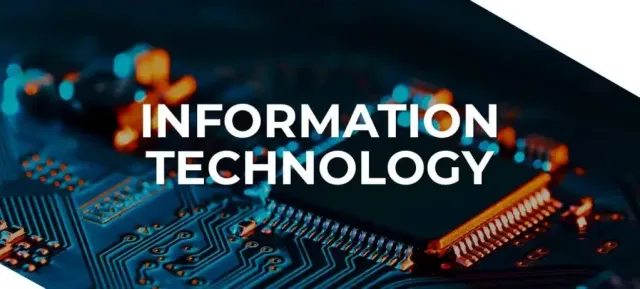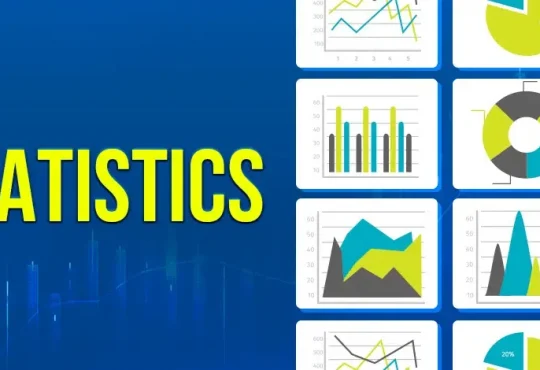The Role of Information Technology in Modern Society
The Role of Information Technology in Modern Society
Information Technology (IT) has become a cornerstone of modern life, influencing every aspect of how we live, work, and connect. It is an ever-evolving field that encompasses the use of computers, software, networks, and data to process, store, and share information. From streamlining businesses to enhancing global communication, IT has transformed society in profound ways.
The Evolution of Information Technology
The roots of IT trace back to the development of early computers in the mid-20th century. Over the decades, IT has evolved from basic computing systems to sophisticated technologies like artificial intelligence (AI), cloud computing, and blockchain. With each technological leap, IT has expanded its scope, integrating into nearly every industry, from healthcare and finance to education and entertainment.
Key Components of IT
- Hardware and Software: IT relies on advanced hardware like computers, servers, and storage devices, alongside software applications that perform specific tasks.
- Networking: The Internet and related networking technologies enable seamless communication and data exchange across the globe.
- Data Management: IT facilitates the efficient collection, storage, and analysis of vast amounts of data, empowering businesses and governments to make informed decisions.
- Cybersecurity: Protecting sensitive information is a critical aspect of IT, with measures in place to combat cyber threats and maintain data integrity.
IT in Business
In the business world, IT is indispensable. Companies use IT systems for various functions, including managing operations, tracking inventory, and improving customer experiences. Enterprise Resource Planning (ERP) systems and Customer Relationship Management (CRM) tools are examples of how IT optimizes workflows and enhances productivity.
The advent of e-commerce platforms has revolutionized retail, enabling businesses to reach global markets. Similarly, cloud computing allows organizations to scale their operations without investing heavily in physical infrastructure.
IT in Education and Healthcare
In education, IT has introduced innovative learning methods. Online courses, virtual classrooms, and e-learning platforms provide students with access to knowledge regardless of location. Tools like Learning Management Systems (LMS) enable educators to deliver personalized learning experiences.
In healthcare, IT plays a vital role in improving patient outcomes. Electronic Health Records (EHRs) allow for accurate and efficient management of patient data. Telemedicine and wearable health devices have expanded access to healthcare, especially in remote areas.
Challenges in IT
Despite its benefits, IT faces challenges such as cybersecurity threats, digital divide issues, and ethical concerns. Cyberattacks, such as ransomware and data breaches, threaten the security of sensitive information. Additionally, unequal access to IT resources creates disparities, leaving certain populations at a disadvantage.
The Future of IT
The future of IT is promising, with advancements like AI, quantum computing, and the Internet of Things (IoT) leading the way. These technologies have the potential to revolutionize industries further, creating smarter cities, autonomous vehicles, and personalized healthcare solutions.
Conclusion
Information Technology is a driving force behind innovation and progress in the modern world. Its applications span industries, improving efficiency, connectivity, and quality of life. As technology continues to evolve, IT will remain at the forefront, shaping a future that is more interconnected and dynamic than ever before. Embracing IT and addressing its challenges will be essential for fostering growth and inclusivity in the digital age.




